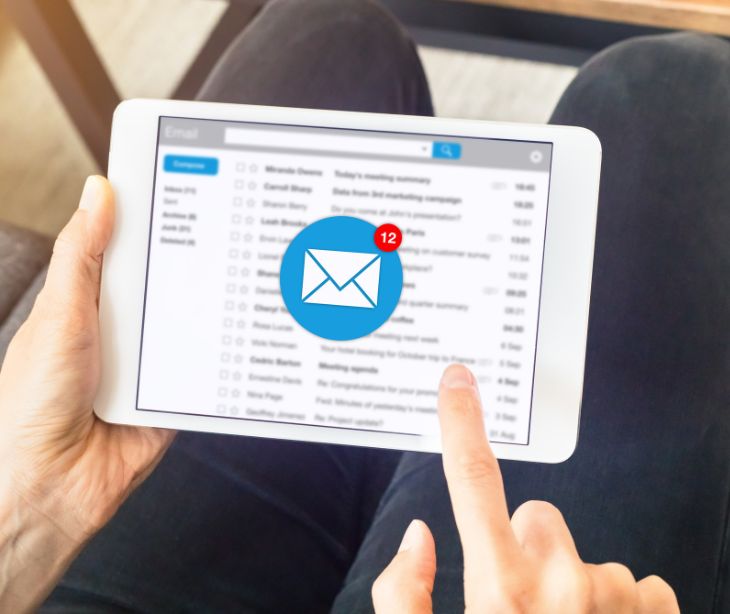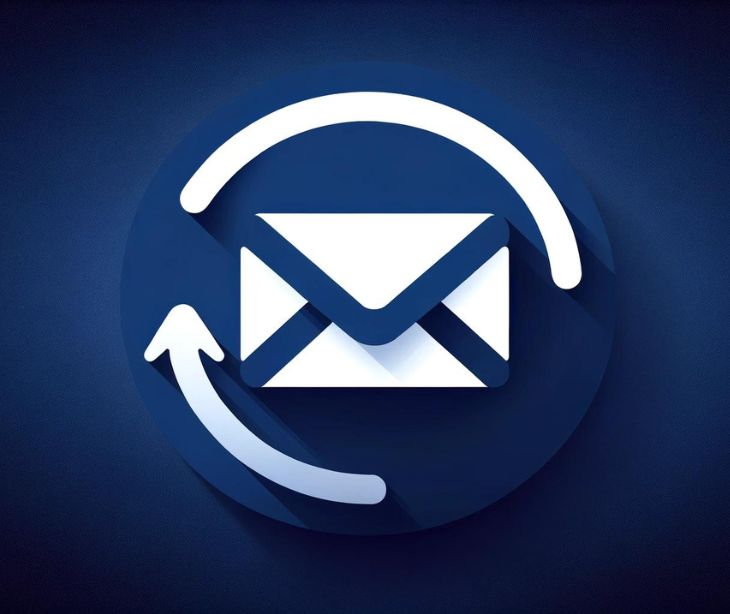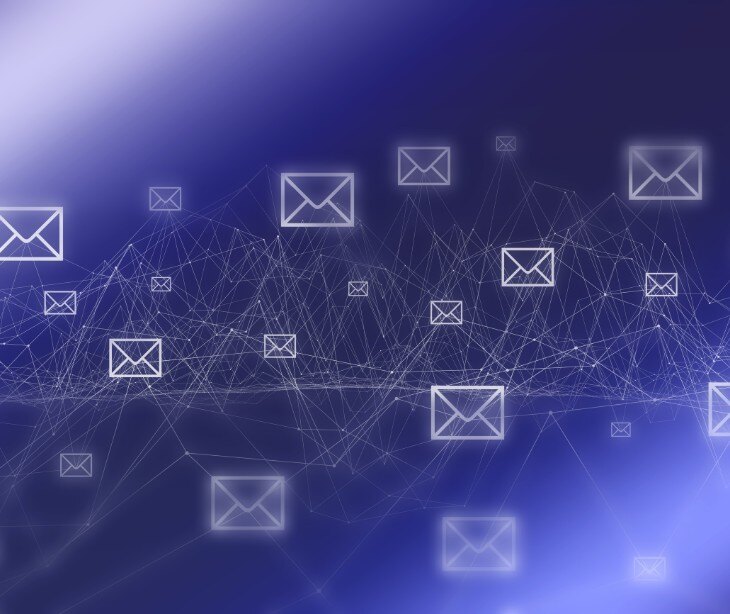
Research published by Harvard Business Review shows that the average professional dedicates 28% of their workday to emails, amounting to about 2.6 hours daily. By using email batching practices, healthcare staff can consolidate the time spent on emails into dedicated blocks instead of constantly interrupting their work to respond to each new message. This method cuts down on the overall time spent managing emails and minimizes distractions, allowing staff to concentrate more effectively on their immediate tasks.
How to make an email HIPAA compliant
To create a HIPAA compliant email, healthcare organizations and their business partners must take several carefully considered steps to ensure patient information is protected. The steps include:
- Choosing an email solution designed with encryption for emails both while they are being sent and when stored.
- Entering into a formal agreement with your email provider, known as a business associate agreement (BAA).
- Develop clear guidelines within your organization about how to handle patient information in emails.
- Training your team on these guidelines.
- Even when using tools like Gmail or Microsoft 365 for communication, have a business plan that includes a BAA with these providers.
What is email message batching?
Email batching is a technique originating from the broader computing practice of batch processing, a method developed early in the history of computing to handle data efficiently without the need for manual input for each task. This approach involves collecting multiple emails and sending them out together at a predetermined time, rather than dispatching each email immediately upon creation. The concept mirrors the idea of collecting all your outgoing letters and mailing them in one large envelope at a specific time, rather than making multiple trips to the post office for each individual letter.
The source of email batching as a practice can be traced back to the early developers and engineers of computing systems who recognized the efficiency of batch processing in various applications, including email management. For businesses, email batching is a strategy to ensure vital communications are not drowned in a flood of messages.
Benefits of email message batching
According to a 2022 study: “Email plays an essential role in organizational communication but can also serve as pertinent source of work interruption and an impediment to well-being. Scholars have proposed email batching, processing emails only at certain times of the day, as a strategy to mitigate the negative consequences of email at work.”
Email message batching brings together the advantage of reducing inbox clutter and streamlining communication. Grouping emails and sending them out in batches at scheduled times, prevents the constant influx of messages that can distract and overwhelm both individuals and employees throughout the day. This method not only helps people to focus better by minimizing disruptions but also enhances the chances that important messages are read and responded to on time.
For businesses, this approach can lead to more effective communication with customers and between team members, as it organizes the flow of information into manageable segments. Recipients are more likely to engage with the content of emails when they are presented less overwhelmingly, potentially improving open rates and the overall effectiveness of email communication strategies.
See also: Using behavioral analytics in HIPAA compliant email marketing
The strategies to create HIPAA compliant email message batches
- Automated PHI detection software: This tool can flag emails containing sensitive information to ensure they are treated with the appropriate level of security.
- Custom email tagging system: Develop a custom tagging system for emails that contain PHI. Tags can show the information's sensitivity level and automate the batching process.
- Dynamic batching intervals based on content sensitivity: Prioritize a system where the batching interval is adjusted based on the sensitivity of the information. For instance, emails containing urgent PHI might be sent out more frequently.
- Recipient-specific encryption keys: For added security, use recipient-specific encryption keys. This means each recipient has a unique key to decrypt emails intended for them.
- Advanced behavioral analytics for anomaly detection: Employ behavioral analytics to monitor how PHI is handled within the batching process. This can help identify unusual patterns that may indicate a breach or misuse of sensitive information.
- Use of blockchain for email integrity verification: This can help verify the integrity of the emails sent and ensure that they have not been altered or tampered with during transmission.
- Patient portal integration for opt-in communications: Provide patients with an option to opt-in for batched email communications. This gives patients control over how they receive information.
- Automated compliance auditing tools: These tools can generate reports bringing to light potential issues or areas for improvement.
- Customizable email digests for patients: Offer customizable email digests for patients, allowing them to choose the frequency and types of information they receive. This also improves patient satisfaction by providing personalized communication options.
See also: Top 12 HIPAA compliant email services
FAQs
Are there any types of PHI that should not be included in batched emails, even if they are encrypted?
Certain types of PHI, such as sensitive medical information or data that could lead to identification.
What is a BAA?
It is a legal contract that ensures both parties involved are HIPAA compliant and outlines how PHI can be used and disclosed.
How can patients opt out of receiving batched emails, and what alternatives can healthcare providers offer?
Healthcare providers should provide clear methods of opt out that can be done through email.
Subscribe to Paubox Weekly
Every Friday we'll bring you the most important news from Paubox. Our aim is to make you smarter, faster.



